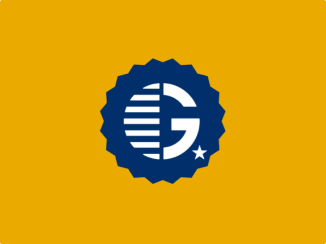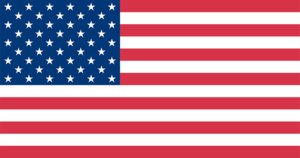Africa

- 15-Jan-2020
Reflections on Rwanda
With the start of my last semester as an undergraduate student, I’ve spent some time reflecting on the experiences I’veRead More ⇾

- 02-Aug-2018
Race in South Africa: Colonialism, Segregation, and Apartheid.
Ah, the issue of race. It’s kind of a loaded topic. Not only is it a big issue in America,Read More ⇾

- 16-Jul-2018
The Calm Before The Beautiful Storm!
The time had finally come. The trip I had talked about for months was now along the horizon. I couldRead More ⇾

- 07-Aug-2017
I’m Back and I’m Better
When I first saw the chart titled “Stages of Culture Shock and Reverse Culture Shock” in the Gilman blog-writing syllabus,Read More ⇾

- 28-Jun-2017
Travel Tips from a Black Student Studying Abroad in Tanzania
As a black student studying abroad in Tanzania, I find that I have different experiences than my white peers. IRead More ⇾

- 23-Jun-2017
As I Wait For Lunch
Let me start off by saying that I love food. I don’t consider myself a picky eater. If I did,Read More ⇾

- 19-Jun-2017
Touchdown in Tanzania
Mumbo! My name is Janelle Thompson and I am going into my third year at Pennsylvania State University. I amRead More ⇾

- 16-Jun-2017
Native Foreigner
“We shall not cease from exploration and at the end of all our exploration we shall arrive where we startedRead More ⇾

- 31-May-2017
Then and Now
When I began this journey, I expected that I would change and grow as an individual, but I did notRead More ⇾

- 12-May-2017
Your Guide to Ghana
As my classes come to a close, I’ve begun to reflect on my time spent in the country that I'veRead More ⇾

- 17-Apr-2017
A Home Away From Home
Often I mention the extravagant trips I take with my program or the exciting things that happen here, but rarelyRead More ⇾

- 24-Mar-2017
Tenge Emmanuel
My time here in Ghana has brought some truly memorable life experiences, and with this came some equally astoundingRead More ⇾



